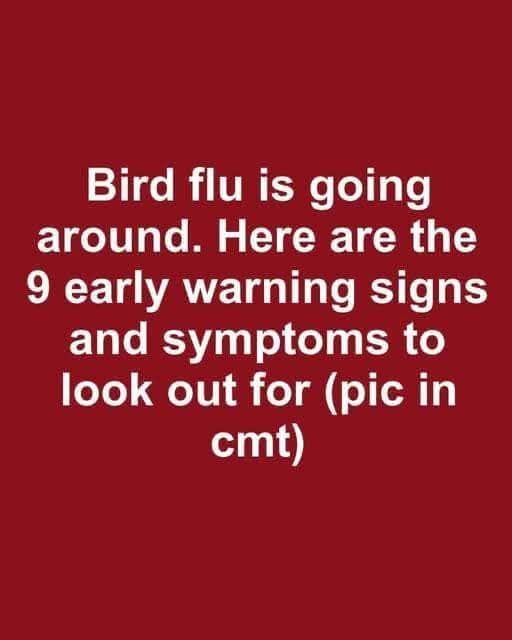
Bird flu, or avian influenza, is a viral infection primarily affecting birds but occasionally spreading to humans. Strains like H5N1 and H7N9 are particularly dangerous, causing severe illness and raising concerns about potential pandemics. Bird flu spreads through contact with infected birds, their secretions, or contaminated surfaces. Migratory birds contribute to its global spread, making outbreak control challenging.
Early detection is crucial to prevent complications and limit transmission. Common symptoms include fever, cough, sore throat, and muscle aches. Severe cases may lead to pneumonia, respiratory distress, or neurological symptoms such as confusion and seizures. Gastrointestinal issues like nausea and diarrhea can also occur, particularly in high-risk individuals like poultry workers and those with weakened immune systems.
Preventing bird flu requires diligent hygiene practices. Avoid contact with sick birds, wash hands frequently, and use protective gear when handling poultry. Public health efforts, including poultry vaccination and community awareness, play a vital role in reducing outbreaks.
Anyone experiencing flu-like symptoms after bird exposure should seek immediate medical attention. With proper precautions, early recognition, and timely intervention, the risks associated with bird flu can be significantly reduced, protecting both individual and public health.